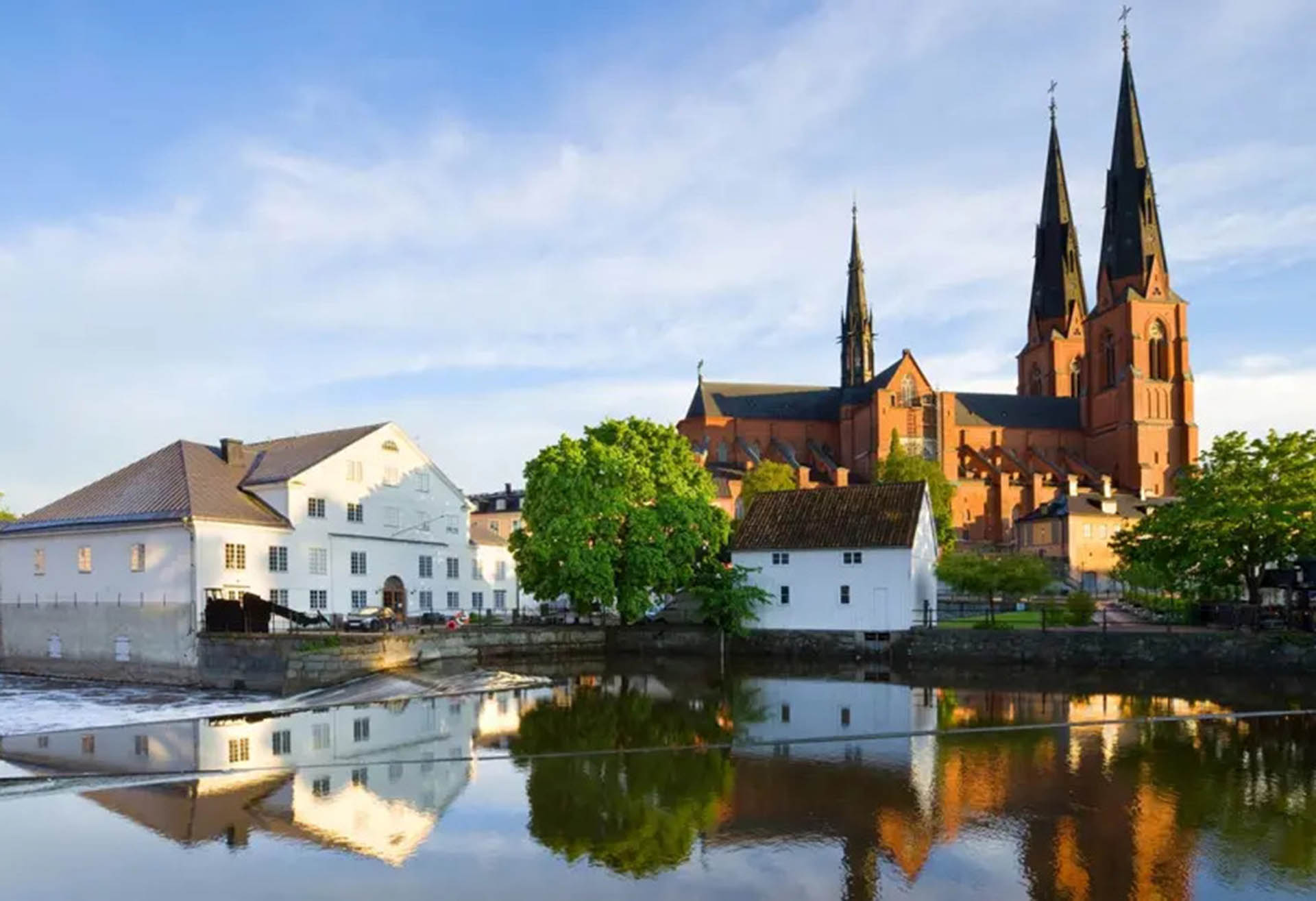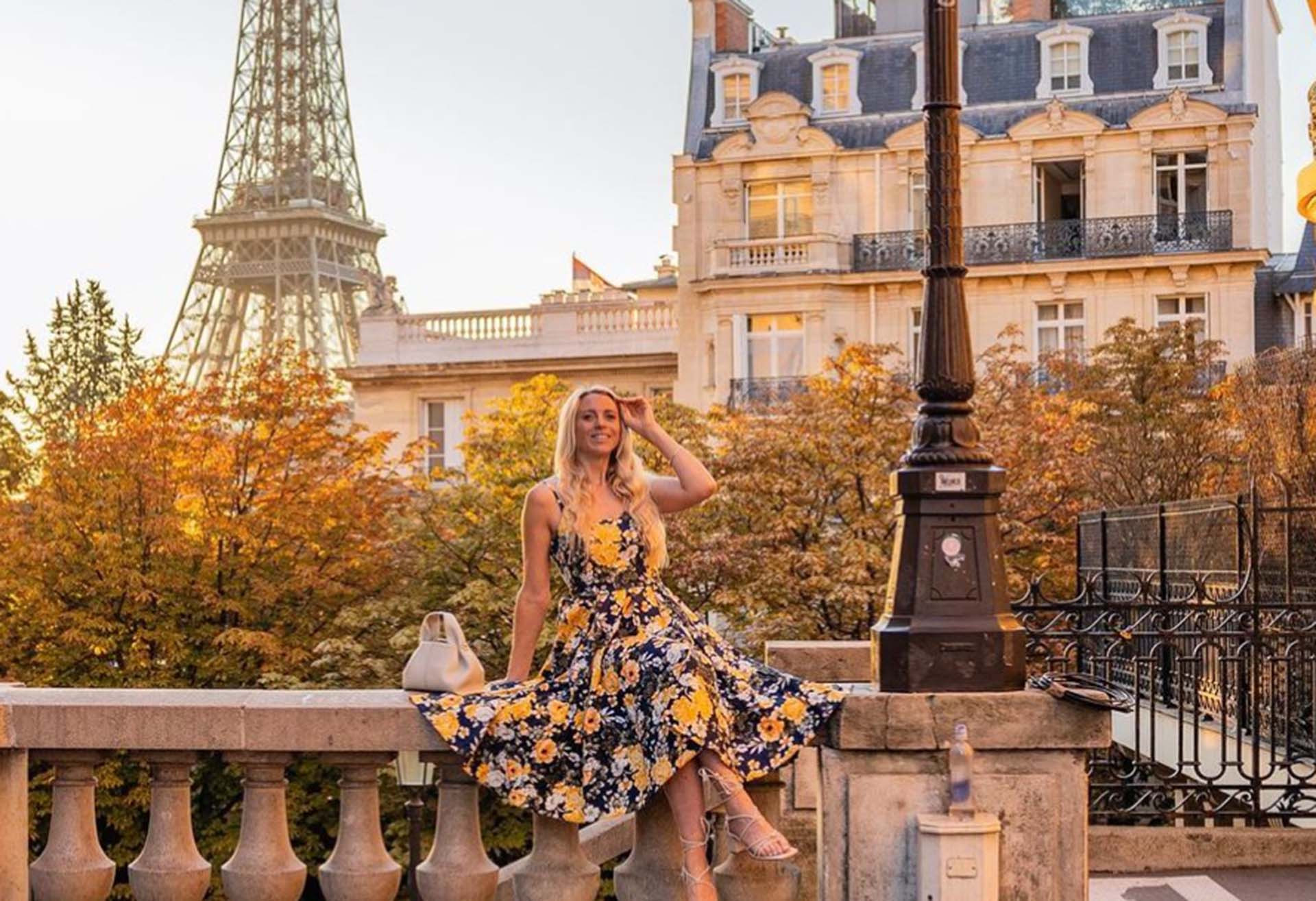When I first set foot in Uppsala, I was captivated by its rich history and vibrant atmosphere. This charming city, located just north of Stockholm, is renowned for its prestigious university, stunning architecture, and significant historical sites. With its cobblestone streets and picturesque parks, Uppsala offers a perfect blend of old-world charm and modern convenience.
Arrival in Uppsala
I arrived in Uppsala on a crisp autumn day, the leaves painted in vibrant shades of orange and yellow. The fresh air was invigorating as I made my way from the train station to the city center. The journey from Stockholm was quick and straightforward, taking just under an hour, making Uppsala an easily accessible destination for a day trip or a weekend getaway.
Upon reaching the city center, I was immediately struck by the impressive sight of Uppsala Cathedral, or Uppsala Domkyrka. This stunning Gothic structure is the tallest church in Scandinavia and serves as a symbol of Uppsala’s historical and spiritual significance.
Uppsala Cathedral (Uppsala Domkyrka)
As I approached the cathedral, its twin spires pierced the sky, dominating the skyline. The grand entrance, adorned with intricate stone carvings, welcomed me into its hallowed halls. Inside, I marveled at the breathtaking stained glass windows that depicted biblical scenes, casting colorful patterns on the stone floors.
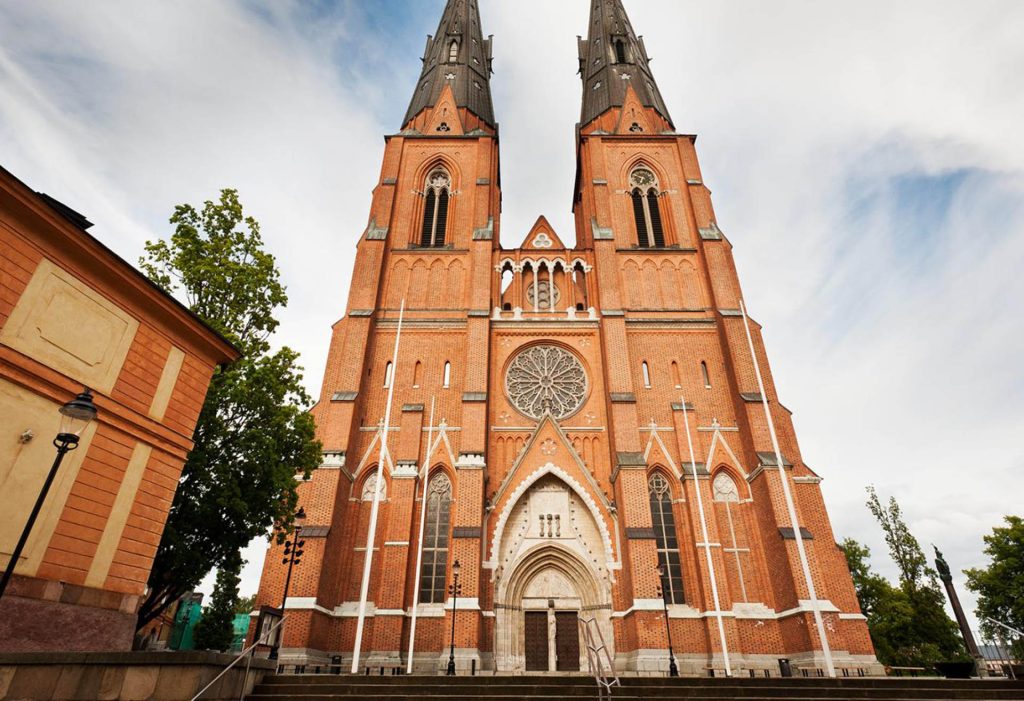
What truly moved me was the sense of history that enveloped the cathedral. This was not just a place of worship; it was a burial site for many prominent figures, including the famous botanist Carl Linnaeus. I spent time wandering through the chapels, admiring the elaborate altars and the ornate wooden pulpit. The peaceful ambiance made it easy to lose track of time.
Visiting Uppsala Cathedral was a highlight of my trip, and I learned that guided tours are available, providing deeper insights into its rich history. It’s a must-see for anyone visiting Uppsala, whether you’re a history enthusiast or simply seeking a moment of tranquility.
Uppsala University and Gustavianum
Next, I strolled towards Uppsala University, one of the oldest universities in Scandinavia, founded in 1477. The university campus is beautiful, with historic buildings interspersed with modern architecture. The centerpiece of the university is Gustavianum, which houses the university’s museum.
As I entered Gustavianum, I was greeted by exhibits that showcased the university’s academic legacy. The Anatomy Theatre, a beautifully preserved 17th-century lecture hall, was particularly fascinating. Here, I could almost hear the whispers of students and professors from centuries past as they gathered to witness dissections and lectures.
The museum also features a remarkable collection of artifacts, including items related to Carl Linnaeus and the history of science. I spent hours here, captivated by the stories each exhibit told. The blend of art, science, and history made this visit both educational and enjoyable.
Linnaeus Garden (Linnéträdgården)
Just a short walk from the university, I found myself at Linnaeus Garden, a botanical garden dedicated to the father of modern taxonomy, Carl Linnaeus. The garden is a serene oasis in the heart of Uppsala, with a rich array of plants and flowers that Linnaeus himself cultivated.
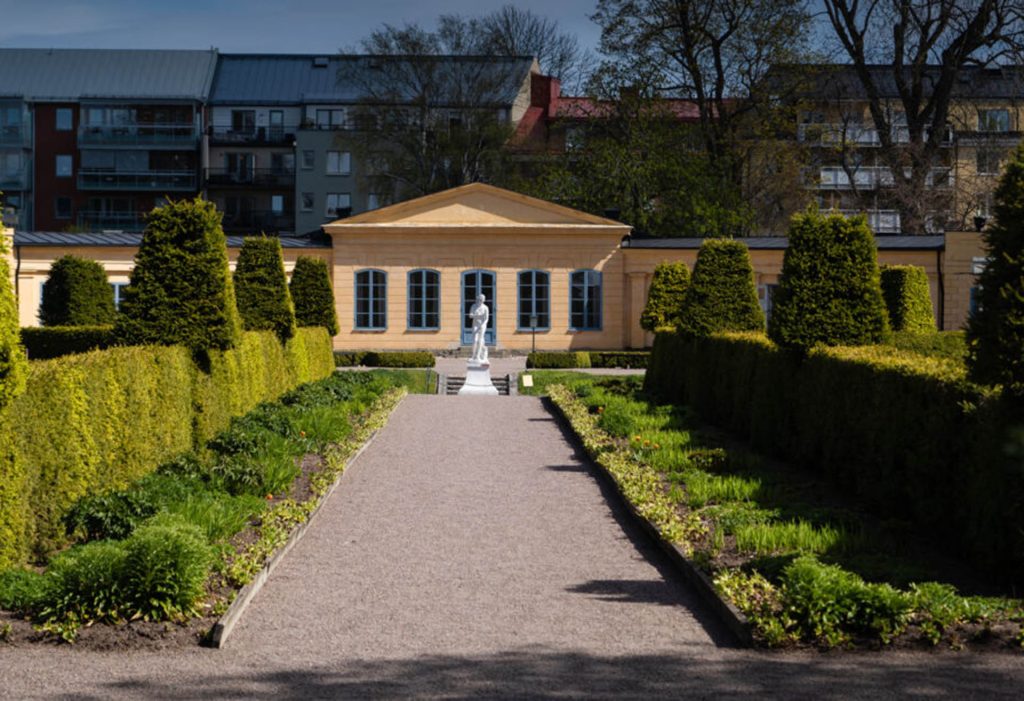
As I wandered through the meticulously maintained pathways, I took a moment to reflect on Linnaeus’s contributions to botany and ecology. Each section of the garden is labeled, showcasing different plant families and their classifications, which Linnaeus pioneered.
The scent of blooming flowers filled the air as I strolled along the paths, and I took a seat on a bench to soak in the tranquility. This garden is not just a tribute to Linnaeus; it’s also a peaceful retreat for locals and visitors alike. I highly recommend visiting in spring when the flowers are in full bloom, creating a vibrant tapestry of colors.
Uppsala Castle (Uppsala Slott)
My next stop was Uppsala Castle, a majestic structure that has witnessed centuries of Swedish history. The castle, located on a hill, offers panoramic views of the city and its surroundings. As I climbed the steps to the entrance, I couldn’t help but feel a sense of anticipation.
Inside, the castle houses several museums, including the Uppsala Castle Museum, which focuses on the history of Uppsala and the castle itself. The exhibitions were informative and engaging, detailing the castle’s role in Swedish politics and its transformation over the years.
One of the most memorable parts of my visit was exploring the castle’s beautiful gardens, which were designed in the 17th century. The meticulously landscaped grounds provide a perfect backdrop for leisurely walks and photographs. Standing on the terrace, I admired the sweeping views of Uppsala and the surrounding countryside, feeling a deep appreciation for the city’s history.
Gamla Uppsala (Old Uppsala)
A short bus ride from the city center took me to Gamla Uppsala, a historic area that was once the political and religious center of Sweden. Here, I found the remnants of ancient burial mounds, believed to be the final resting places of Swedish kings from the Viking Age.
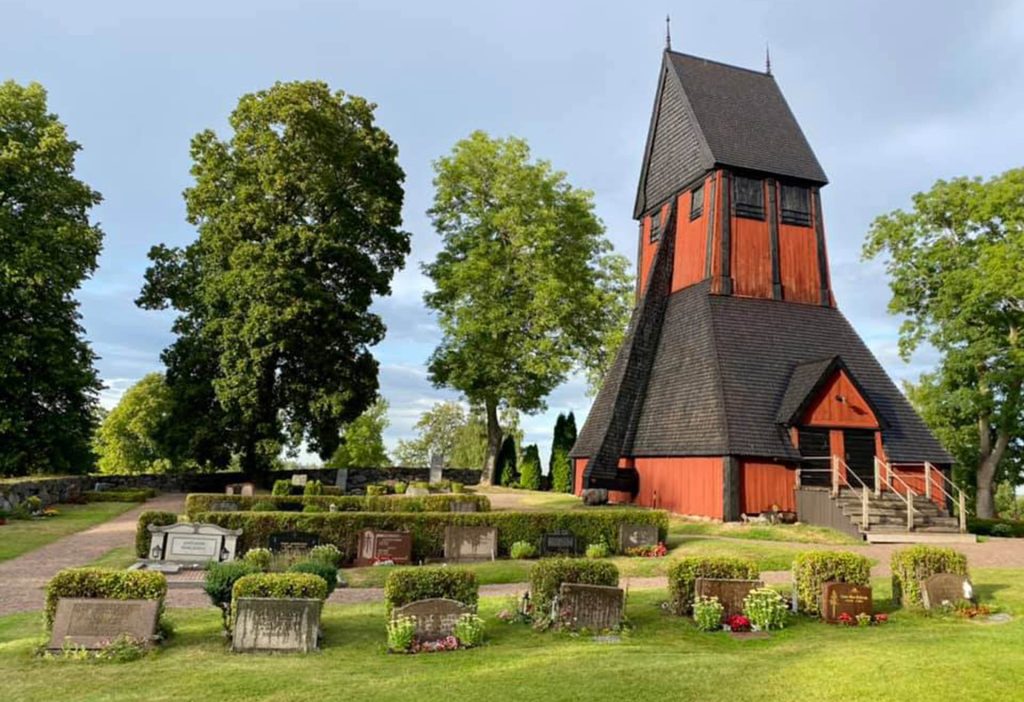
Walking through Gamla Uppsala, I could almost feel the weight of history pressing around me. The mounds, towering and grassy, stand in a tranquil field, surrounded by trees and the sound of birds. I took a moment to sit on one of the mounds, reflecting on the lives that had been lived here centuries ago.
The Gamla Uppsala Museum was my next stop. The museum offers insights into the Viking Age and the history of the area. I found the exhibits to be captivating, particularly those that showcased Viking artifacts, including jewelry and tools. The museum also had an impressive reconstruction of a Viking ship, which really brought the era to life for me.
Stroll Along the River Fyris
After soaking in the historical significance of Gamla Uppsala, I decided to take a leisurely stroll along the Fyris River. The river runs through the city and is lined with charming pathways, perfect for a relaxing walk or a bike ride.
As I walked along the river, I encountered several locals enjoying the sunny day, some jogging, others cycling, and a few simply sitting on benches with their friends. The atmosphere was vibrant and friendly. I took my time, enjoying the sights and sounds of the water flowing gently by.
I came across several cafes and restaurants along the river, offering outdoor seating with views of the water. It was the perfect spot to grab a coffee and a pastry while watching the world go by. The combination of nature and urban life in Uppsala made for a delightful experience.
The Gustavianum Museum and Library
One more treasure I couldn’t miss was the Gustavianum Museum and Library, located on the university campus. This museum offers a deep dive into Uppsala’s academic heritage, housing an impressive collection of manuscripts and rare books. As a literature enthusiast, this was particularly exciting for me.
The museum’s library is a hidden gem, showcasing works from famous scholars and authors throughout the centuries. I spent hours browsing through the exhibits, marveling at the beautifully bound volumes and learning about the history of education in Sweden.
Conclusion: Uppsala’s Charm
My time in Uppsala was filled with awe-inspiring moments, rich history, and delightful discoveries. Each attraction I visited added a new layer to my understanding of this remarkable city. From the grandeur of Uppsala Cathedral to the serene beauty of Linnaeus Garden, every corner of Uppsala tells a story that resonates with both locals and visitors alike.
If you’re planning a trip to Sweden, I highly recommend taking the time to explore Uppsala. The city is a treasure trove of history, culture, and natural beauty, all wrapped up in a welcoming atmosphere. Whether you’re wandering through ancient burial mounds, enjoying a coffee by the river, or exploring the impressive university, Uppsala has something to offer everyone.
Tips for Your Visit
- Getting There: Uppsala is easily accessible by train from Stockholm, with frequent services throughout the day.
- Public Transport: The city has a reliable bus service for getting around, and many attractions are within walking distance from the city center.
- Best Time to Visit: Spring and summer are ideal for enjoying the gardens and outdoor activities, while autumn offers stunning foliage.
- Cultural Etiquette: Swedes value politeness and punctuality, so remember to greet people with a friendly “hej” (hello) and be on time for appointments or meetings.
The city’s history, beauty, and warmth had left an indelible mark on my heart, and I knew I would carry those memories with me long after I left.

